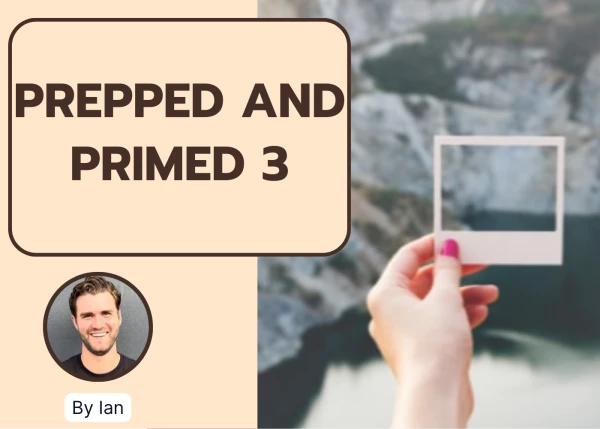Hi,
I was just informed that I have a 2-hour written case study for a consulting interview (Director-level) in two days for a boutique firm.
I'll receive the information the night before and have one hour to prepare slides on-site, followed by a one-hour presentation to partners.
I'm seeking advice on two key questions:
- Efficient information analysis: How can I effectively analyze the information provided the night before in a short period of time to prepare for any scenario?
- Slide deck template: Is there a suggested template for presenting my findings, like a 5-slide structure below?
Slide Template Example:
Slide 1: Executive Summary
- Briefly state the case context, objective, and key recommendation.
Slide 2: Problem & Analysis
- Define the main problem and analyze its root cause(s)
- Include supporting data and evidence.
Slide 3: Solution & Recommendation
- Explain proposed solution, highlighting its benefits and alignment with the case objective.
- Use data or visuals to illustrate impact.
Slide 4: Risks & Mitigations
- Outline potential risks and respective mitigation strategies to explore.
Slide 5: Next Steps & Future Opportunities
- Recommend further analysis or actions based on findings (potential future on-sell opportunities)
















